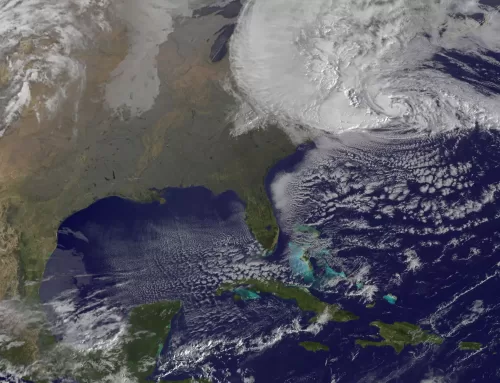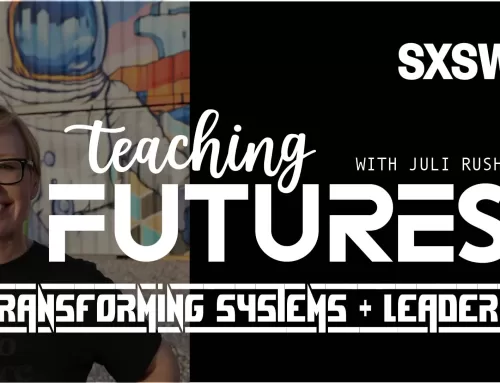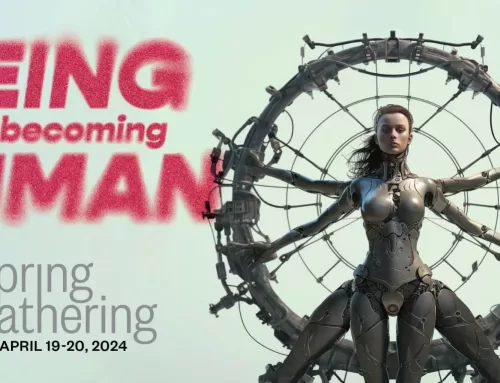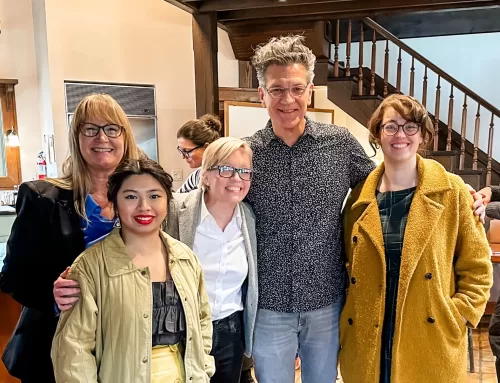This is part three of a multi-part blog post on the changes I expect from the COVID19 pandemic. In part 1 and part 2 I wrote about the history of pandemics and our current treatment and experience with them. In this part I am going to begin talking about the possibilities for the futures as influenced by the past and current. We live in interesting times.
In a recent fireside chat with another futurist we started talking about the dystopian futures that seemed more and more possible with the events in our world. We reflected on gloom and doom and the unsettled nature of, well everything. Eventually though, we picked up the tools and started trying to gain a bit of foresight through the murk.
The list is by no means complete and was covered in blog post 2 in this series (see box Drivers of our Time). 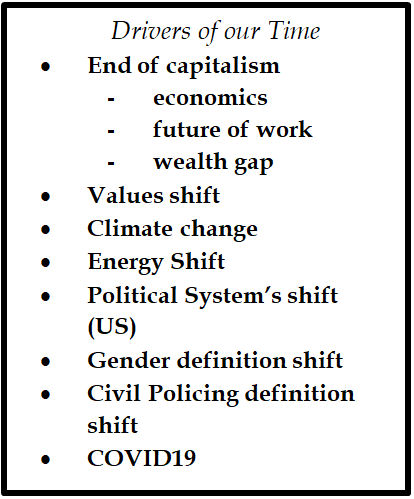
With the apparent new reality of “pandemic of the week” I see baseline futures that include continued health and social distancing measures including uncertain border crossings due to outbreaks (real and imagined).
In a baseline future, Personal Identification becomes more important as governments and organizations will want to know where you have been and who you have been with in order to fulfill their duty to protect the stakeholders. Additionally, personal identification technology may bloom under the pressure of voter identification needs following the questions of the latest US elections. How about your vaccination passport? Also, what is the Gender of the identified person? Maybe the question all along was not “why are women treated as lesser?” But instead, “why is gender used for differentiation?” A society without gender distinctions presents some interesting social, economic, and reproductive divergence. We love to be able to differentiate. I think that Dr. Suess explained it best in his parable about the Sneetches. Maybe we get there, but I don’t see us being blind to physical differences until we get to the advanced stage of the Triskelion gamesters of Star Trek’s Season 2, episode 16 – three disembodied beings that gamble in the future with the lives of others for entertainment.
Speaking of physical differences, in the summer of 2020 in the midst of the COVID19 pandemic and as a lead up to the US presidential election a movement rose up in violent fashion following a series of unanswered deaths of black men at the hands of police. The six-year-old Black Lives Matters movement (founded in 2013 in response to the death of Trevon Martin) became a rallying point for the disenfranchised to riot with the stated goal of ending white supremacy. This is a visceral, physical disruption which saw armed people of two polar races and political loyalties facing off in midwestern cities and statues of perceived racists pulled from monuments. American racism is well documented and has not been quelled in spite of the best efforts of politicians, activist social leaders and martyrs, and billions of dollars spent. The baseline futures do not see peace in this area yet – but efforts will be made, possibly including the rise of a minority political representation of BLM candidates incorporated to the existing state legislatures and city councils before 2030.
The abrupt reset of the economy by the great shutdown shone a light brightly on the ever-widening Wealth Gap. Office personnel intensive businesses scrambled to set up work from home protocols for non-essential workers. Direct services businesses were closed down as hot beds for infection roulette and these workers fared poorly. Aid was doled out from central governments at varying speeds, increases were authorized for longer term unemployment claims, and the idea of a Universal Basic Income (UBI) was raised in even conservative circles as a possibility. This is my baseline future – UBI is coming; never let a good crisis go to waste. It will take various forms, but the uncertain futures caused by local infection spikes, subsequent joblessness, increased need to care for children of school age at home, and the sick will make this “socialist” practice more palatable to the mainstream with support coming from the central politicians in hard hit regions.
The fear of being without power, and in quarantine, and being attacked by multiple Climate Change driven, world-class weather events (such as hurricanes Laura and Delta – 2020) is driving sustainable energy as well as micro-grid energy forward. That’s my experience, but in 2020 we saw several other notable events such as uncontrolled fires, serious tornadoes, and a greatest typhoon on record – Typhoon Goni had 140mph sustained winds. Total Pacific rim typhoon season damage is estimated north of 4 billion US. The Atlantic season recorded an estimated 49 billion US in losses and a hurricane Iota with 160 mph winds. While the Atlantic hurricane season was record breaking, the typhoon season was “average”. My baseline future includes more hardening of homes and stricter codes in areas that are subjected to repeated weather threat along with a sharp increase in distributed power generation capabilities including solar, single family wind, and natural gas conventional.
Evacuating citizens during a pandemic places a major responsibility on the evacuating agency. This will continue to happen, and we will get better at being closer together in emergencies without passing the bug. Better PPE, better adoption of preventive practices by the surviving population, and social classification differences such as “vaccinated or not” will be standard operating procedure. Some are talking about the end of mass transit. I don’t think that mass transit will be shelved in the urban and super-urban geographies – we will see more strident health regulation to ride – proper PPE, maybe temperature scans, possibly better protection for the driver [unless the AI’s move quicker, and the drivers can all be HAL 9000’s].
Solar power installations continue to drop in price. Coupled with state laws and federal cost breaks and accelerated by the perceived [and followed by the real] direction of the Biden administration we will see more and sooner. In the next ten years we are going to have an environmental disaster with solar panels probably resulting in federal cradle to grave regulations trying to prevent land fill of solar panels that have lost efficiency, been seriously damaged by weather events, house fires, or abandoned as housing shifts and poor economies blight particular regions. Solar panel technology is under such intense pressure that a few iterations of Moore’s law type improvements will favor the economics of panel replacement as long as the environmental costs are naively ignored. I cannot even begin to discuss a baseline for the intersection of nanotechnology and these ubiquitous solar panels – right now we are finding crazy amounts of micro plastics in mollusks; what forms of environmental regulation will be needed to prevent nano particles from impacting the food chain I can only speculate. I am beating the solar drum a bit long for a pandemic blog post. This is because we are going to be home more and will need more efficient (cheaper) power since we are going back to cottage work and should be aware of the environmental ramifications.
Quarantine, social distancing, and proper PPE work to keep you from getting the bugs. A tremendous amount of creative effort is going into this market. We have seen attempts to make masks see-through, to utilize transparent face shields trying to get us back to “normal” facial expression communications. I think that a significant group is going to really like the mask. The mask as metaphor for how we interact before the necessity of a physical barrier is clear. I have a mask for work, a mask for home, a mask for the temple, etc. I look for spray on and rub on products similar to sunscreen and makeup application that have similar protective capabilities to our disposable masks. If the ACE receptors in the nose are truly the entry for pneumonic plague, we may see intervention there – nose plug/filters that are as unobtrusive as hearing aids or perhaps pharmacological intervention to inhibit the entry. Additional needed PPE could be perfumes and scents that have antiviral and sterilization properties in given situations – some may already do this given the individual’s strength of application (TIC).
In my next post I will explore some alternatives and try to wrap this series up.
